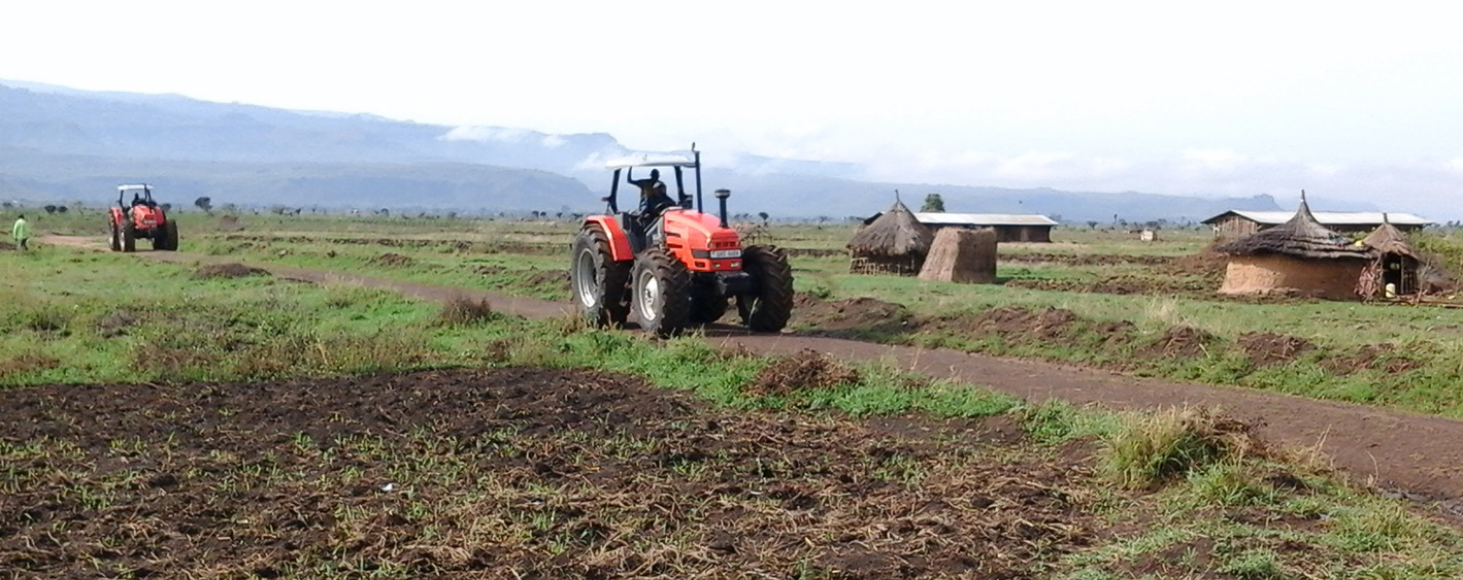
Following the acquisition of a 23,000-acre farmland asset in eastern Uganda, our client, a diversified pan-African investment group, decided to conduct detailed due diligence—comprising technical, operational, and commercial feasibility studies, and including a smallholder outgrower scheme design—for a transformative, $35 million greenfield investment.
